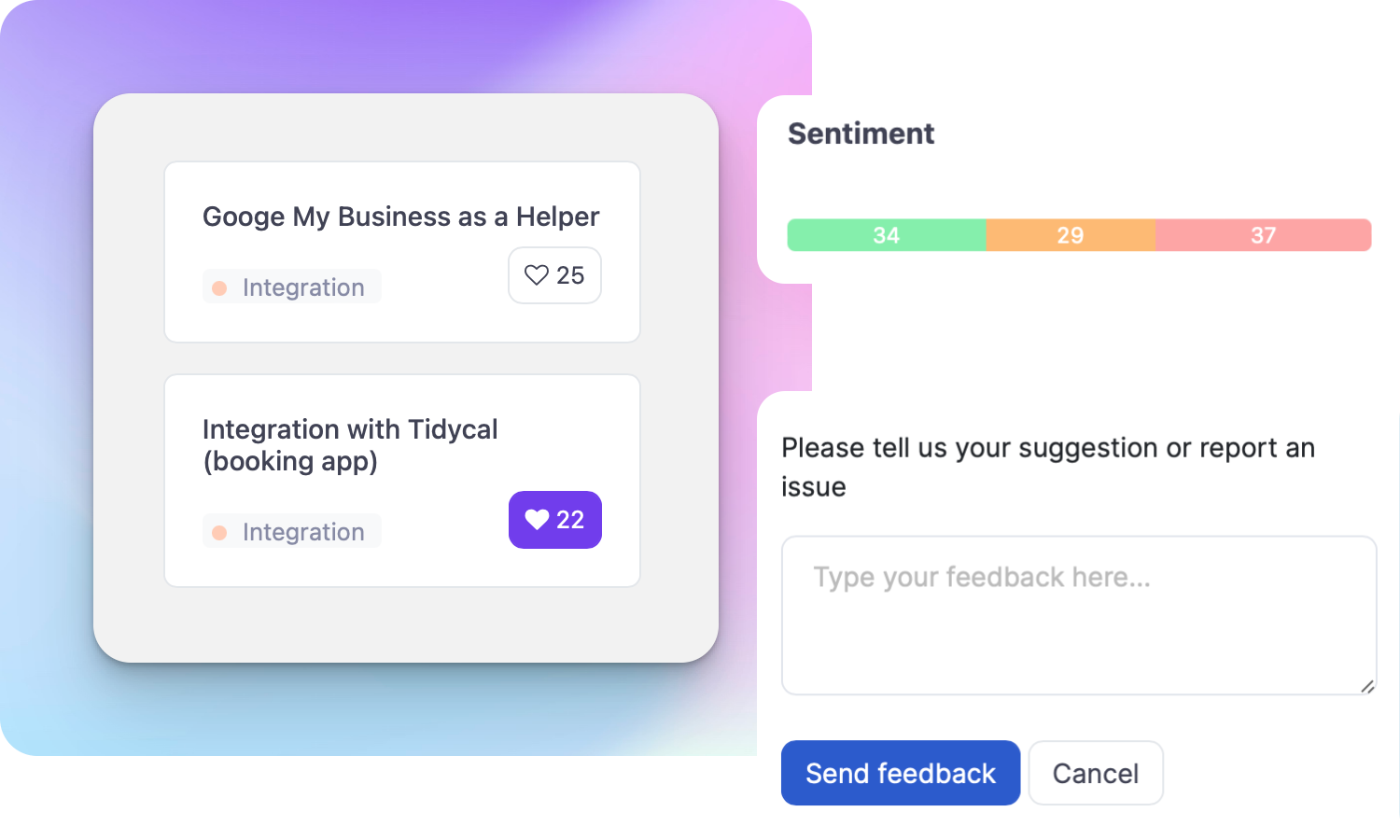What is Customer Satisfaction?

Ruben Buijs
Customer satisfaction refers to the measure of how happy and content customers are with a product or service provided by a company. It reflects the extent to which a product or service meets or exceeds customer expectations. Customer satisfaction is a crucial aspect of product management as it directly impacts the success and growth of a business.
Examples
Let's consider a couple of examples to understand customer satisfaction better:
-
A clothing brand launches a new line of jeans with improved fabric quality and trendy designs. Customers who purchase these jeans find them comfortable, stylish, and durable. They leave positive reviews, recommend the brand to others, and become repeat customers. This indicates a high level of customer satisfaction.
-
A software company releases an updated version of its mobile app, addressing various user concerns and introducing new features. Users find the app more user-friendly, efficient, and bug-free. They express their satisfaction by giving high ratings and leaving positive feedback on app stores.
Importance
Customer satisfaction is of utmost importance for businesses due to the following reasons:
-
Customer loyalty: Satisfied customers are more likely to remain loyal to a brand and continue purchasing its products or services. They become brand advocates, promoting the company through word-of-mouth and positive online reviews.
-
Repeat business: When customers are satisfied, they are more likely to make repeat purchases. This leads to increased revenue and a stable customer base.
-
Positive brand perception: Customer satisfaction contributes to building a positive brand image. Satisfied customers not only become loyal but also attract new customers through their recommendations. This helps in expanding the customer base and increasing market share.
-
Reduced churn: High levels of customer satisfaction reduce customer churn, i.e., the rate at which customers stop using a product or service. By addressing and fulfilling customer needs and expectations, businesses can retain their customers and reduce the risk of losing them to competitors.
How to Use It
To ensure customer satisfaction, product managers can follow these steps:
-
Understand customer needs: Conduct market research, surveys, and customer interviews to gain insights into what customers expect from the product or service. Analyze customer feedback and identify areas for improvement.
-
Set clear expectations: Clearly communicate product features, benefits, and limitations to customers. Avoid overpromising or making unrealistic claims that may lead to customer dissatisfaction.
-
Deliver quality products or services: Strive to consistently provide high-quality products or services that meet or exceed customer expectations. Regularly evaluate and improve product performance, reliability, and usability.
-
Listen and respond to feedback: Encourage customers to provide feedback and actively listen to their suggestions, concerns, and complaints. Promptly address their issues and take appropriate actions to resolve them.
-
Measure customer satisfaction: Utilize customer satisfaction surveys, ratings, and reviews to gauge the level of satisfaction among customers. Monitor trends and identify areas for improvement.
Useful Tips
Consider these additional tips to enhance customer satisfaction:
-
Personalize the customer experience: Tailor product offerings, communication, and support to individual customer preferences and needs.
-
Provide exceptional customer support: Offer prompt, knowledgeable, and friendly customer support to resolve issues and answer queries effectively.
-
Reward customer loyalty: Implement loyalty programs, discounts, or special offers to show appreciation for customers' continued support and encourage repeat purchases.
-
Continuously innovate: Stay ahead of customer needs and market trends by regularly introducing new features, improvements, or product extensions.
-
Build a customer-centric culture: Foster a company culture that prioritizes customer satisfaction and encourages all employees to actively contribute to it.
Related Terms
- User Experience (UX)
- Net Promoter Score (NPS)
- Customer Retention
- Customer Feedback
- Customer Loyalty
- Customer Service
- Customer Success
- Product Quality
- Competitive Advantage
